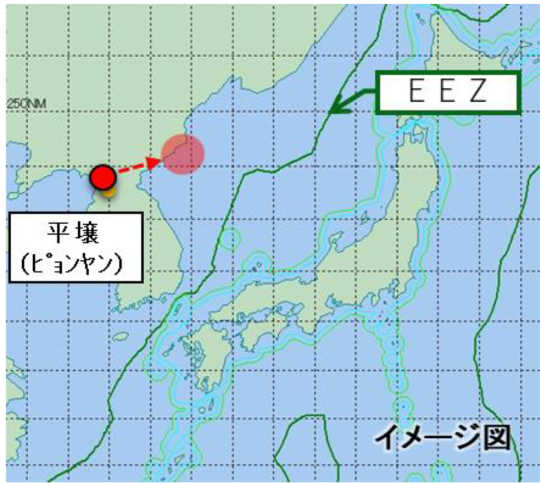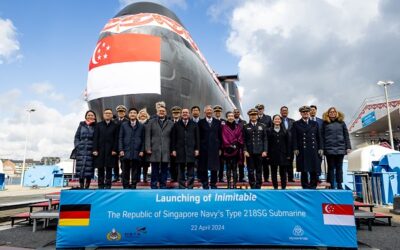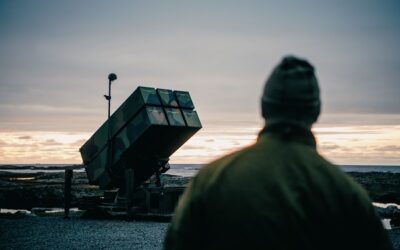Two More Possible SRBMs Launched
In what even the most casual observer must reckon to be a frenetic pace as far as ballistic rocketry developments are concerned, North Korea launched what appear to be a further two ballistic missiles into the Sea of Japan, marking Pyongyang’s fourth missile test in under two weeks.
The short-range projectiles were launched on 17 January from Pyongyang Sunan International Airport at 08:50 and 08:54 local time, flew about 380km and reached an altitude of 42km before falling into the sea, according to South Korea’s Joint Chiefs of Staff (JCS).
An unnamed South Korean official was quoted by the Yonhap News Agency as saying the missiles travelled at a top speed of Mach 5, pointing out that the tests appear to have been aimed at enhancing Pyongyang’s ability to consecutively launch missiles with increased accuracy.
The defence ministry in Tokyo assessed the missiles flew about 300km and reached an altitude of 50km before falling into waters off North Korea’s eastern coast, outside Japan’s EEZ. While there were no reports of damage to ships or aircraft in the area, Tokyo warned that such launches “threaten the peace and security of Japan and entire region, and are a serious issue for the entire international community”. Both Seoul and Tokyo said they are still analysing the missile data, together with the US military.
Images of the launches have yet to emerge, meaning it cannot be ruled out that Pyongyang tested a new short-range ballistic missile (SRBM) type. However, data provided by Japanese and South Korean authorities suggests North Korea might have also launched another of its previously-tested SRBMs.
In fact, Pyongyang disclosed on 15 January that the two missiles it launched the previous day were part of the railway-based launch system the country first tested in September 2021. The system, which deploys what appears to be a modified variant of the KN-23 SRBM, was tested on 14 January as part of a firing drill designed to test the “proficiency” and “check the alert posture” of the “railway-borne missile regiment” in North Pyongan Province, according to reports from North Korea’s state-owned Rodong Sinmun newspaper.
Showing images of an undisclosed islet being struck, the paper also stated that these tactical guided missiles “precisely struck a set target in the East Sea”. The outlet also noted that Pyongyang is discussing how to set up a “proper railway-borne missile operating system across the country and to find out ways for further completing our style fighting methods with the railway-borne missiles”.
The railway-based launch system is the fourth known platform used by Pyongyang to deploy KN-23-based SRBMs, which have also been seen carried on both wheeled and tracked transporter-erector-launcher vehicles. Moreover, North Korea test-launched a KN-23-based SLBM on 19 October 2021.
The KN-23, which resembles the 9M723 missile used by the Russian Iskander system, was described in a 14 July 2020 report by the US Congressional Research Service as exemplifying “the most notable advance to the North Korean inventory in the smaller category of weapons”. The report’s authors noted that the ‘pull-up’ manoeuvre conducted by the missile on terminal approach is “intended to complicate the ability of ground-based interceptors to destroy the hostile missile in flight by increasing its speed and angle of attack to the target”, adding that the KN-23 can “strike any location on the Korean Peninsula with either a conventional or nuclear payload”.
The latest developments come after Pyongyang test-launched a new ballistic missile type, on both 5 and 11 January, equipped with a manoeuvrable re-entry vehicle (MaRV). While Pyongyang described this weapon as a “hypersonic” missile, the US and its allies have refrained from using that term, with the Ministry of National Defense in Seoul, adding that South Korean air-defence systems are capable of intercepting that missile.
Gabriel Dominguez reporting for MON

























